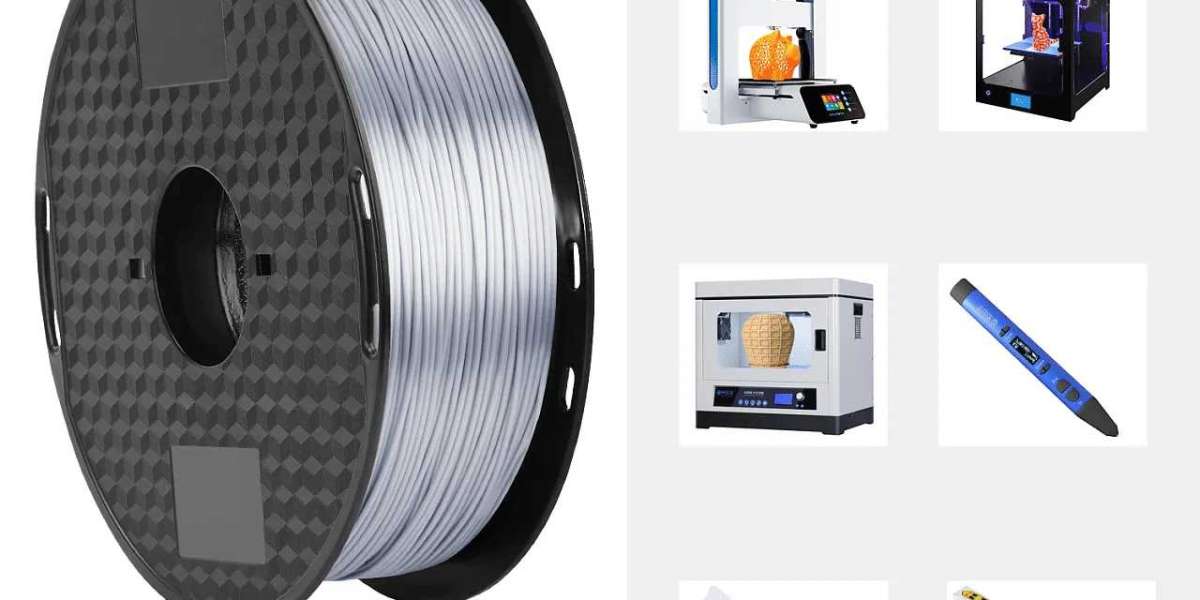At an international 3D printing technology exhibition, a well-known manufacturer demonstrated a precision medical device model, which has attracted wide attention with its complex geometry and extremely high dimensional accuracy. Behind the successful printing of this model, the cooling fan played a decisive role.
Cooling fan role
In the 3D printing process, the PLA wire is heated to the melting point, extruded through the print head and stacked layer by layer to form a print. If the extruded PLA material cannot be cooled and cured quickly, it will be deformed under the action of gravity, affecting the printing accuracy. The cooling fan accelerates the cooling rate of the PLA material by providing directional air flow, ensuring that it solidifies quickly after extrusion, thereby reducing deformation and improving the dimensional accuracy and surface quality of the printed part.
Position and effect of cooling fan
The position of the cooling fan has a significant effect on the cooling effect. In general, the cooling fan should be installed near the print head and directly aimed at the extruded material to achieve the best cooling effect. Some advanced 3D printers are even equipped with multiple fans to cool the printed material from different angles, further improving the print quality.
Control of fan wind speed
The wind speed of the cooling fan is also one of the important factors affecting the print quality. Too fast wind speed may lead to excessive cooling of PLA material, surface cracks or internal stress concentration. Too slow wind speed can not effectively prevent material deformation. The ideal cooling wind speed should be adjusted according to factors such as printing speed, material characteristics and print geometry to ensure that the PLA material reaches the appropriate temperature before curing.
Effect of characteristics of PLA wire on cooling
The melting point, crystallization rate and thermal expansion coefficient of PLA filament also affect the selection and use of cooling fans. For example, PLA materials have a low melting point, usually between 180°C and 230°C, so a proper cooling rate is required to avoid overheating or undercooling. In addition, the PLA material crystallizes during the cooling process, and reasonable use of cooling fans can help control the crystallization process, thereby improving the mechanical properties of the printed part.
Cooling fan maintenance and optimization
In order to ensure the long-term effective operation of the cooling fan, it is necessary to maintain and clean it regularly. Dust and debris on the fan blades will affect the airflow and reduce the cooling effect. In addition, according to different printing needs, optimizing the position of the fan and wind speed Settings is also an effective way to improve the print quality.
In the 3D printing process, the cooling fan of PLA wire has an important impact on the print quality and efficiency. The accuracy and mechanical properties of the print can be significantly improved by selecting the proper fan position, adjusting the wind speed, and regular maintenance. With the continuous progress of 3D printing technology, the design and application of cooling fans will also be more intelligent and refined, providing more powerful support for the development of 3D printing technology.



